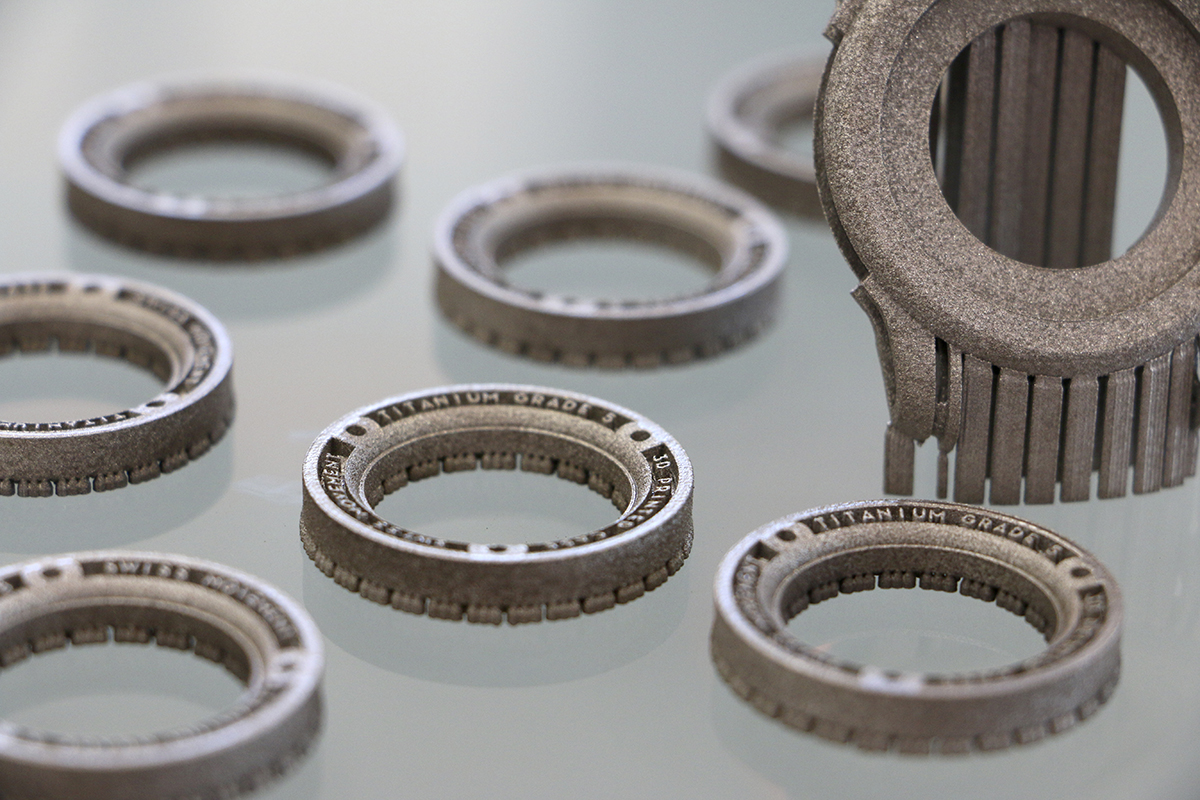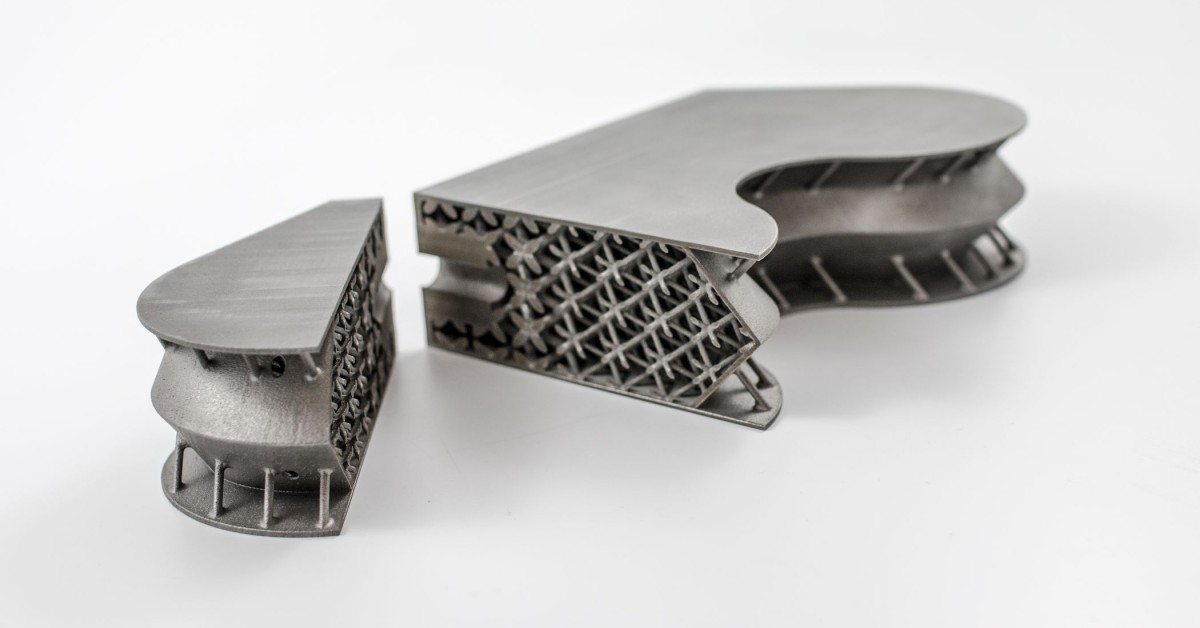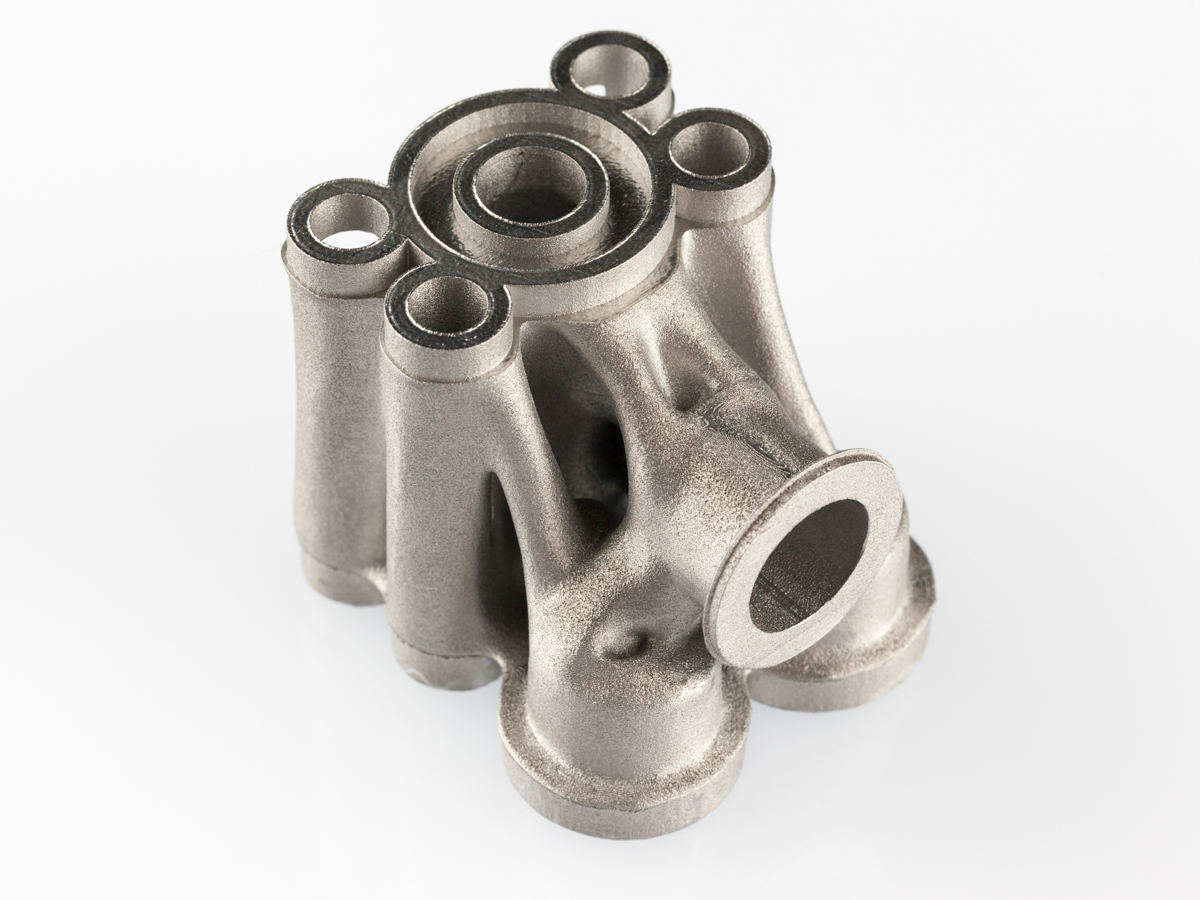Metal 3D Printing Pros & Cons
This chapter is intended for those who are interested in 3D printing technologies in metal and want to find out when the most efficient way of manufacturing is 3D printing in metal and when it is better to turn to traditional manufacturing methods.
We will deal with questions such as: What are the benefits of metal printing? What are the limitations of metal printing? How to choose a manufacturing technology for metal parts?
Preface
Metal 3D printing is an amazing technology that is a revolutionary tool in the manufacturing industry and is a direct competitor to the traditional manufacturing technologies we have known to date.
Read more about the revolutionary effects of metal printing on the manufacturing industry.
Like any technology, metal 3D printing has advantages and disadvantages. The secret to the success of metal parts manufacturing is introduction to the various metal printing technologies and their unique capabilities, along with understanding when metal printing is the right choice for the manufacturing process and when it is superior to traditional manufacturing methods.
There are significant cases where metal 3D printing has a significant advantage over traditional production methods. For example, metal 3D printing is a good choice for parts with complex geometries that require strength and lightness. Another significant advantage of metal 3D printing is the efficiency of utilization of the material. While in traditional production methods like CNC the amount of waste generated in the production process can reach 90% of the material, in metal 3D printing the average material that is not used and turned into waste stands at about 5% on average. Nevertheless metal 3D printing is many times more expensive than traditional manufacturing methods.
In this chapter we will delve into these pros and cons and review additional flaws and strengths of each of the technologies.
Metal 3D printing: Pros
Geometric complexity
The most obvious advantage of 3D metal printing over traditional manufacturing methods is the exceptional design freedom that metal printing allows. Metal printers do not require the use of ancillary tools such as drills, mills or molds and therefore many structural conditions that are affected by production methods – do not apply to parts manufactured with the help of metal printing. The advantage of metal printers in the production of geometries plays an even more important role when it comes to a development process during which the geometry of the printed product becomes more sophisticated and becomes more complex and printed over and over again. This is because the production price of a complex or simple product is almost the same in metal printers, as opposed to traditional production methods where an increase in the complexity of the part can increase the production price significantly.
Clock parts printed with DMLS technology by watch company Holthinrichs Watches. Metal printing made it possible in this case to create geometries and details that could not be produced with traditional manufacturing technology.
Lightweight
A clear result of the ability of metal printers to produce parts with complex geometries is a decrease in the weight of the parts. 3D printing in metal allows the creation of ultra-thin wall thicknesses that are very difficult to achieve with the help of traditional production methods while maintaining the great strength of the printed model. In addition to the thin wall thickness, metal printing allows the creation of internal channels and spaces within a printed model and thereby removes additional percentages of the weight of the part. This capability has a revolutionary advantage in areas where the light weight of a part and the thickness of a thin wall can play a crucial role for example the aerospace and medical industries.
A component printed for the aerospace industry by Atos. Metal printing made it possible in this case to significantly reduce the weight of the part.
Improving the functional capabilities of the printed part
Another advantage resulting from the design freedom made possible by 3D printing in metal is the improvement of the function of the printed part and even the creation of completely innovative capabilities in the printed parts. Improving function is made possible mainly by the creation of internal structures within the printed part — something that in traditional manufacturing methods is usually not possible or at best involves enormous complexity.
Efficiency of the production process
The factories we know today are limited to the production of the parts for which the factory is intended. Manufacturing an innovative part in an existing plant almost always involves bringing in brand new machines. In the reality in which we live today new needs are rising day by day and innovative parts are being manufactured. The metal printers make it possible to manufacture any part without the addition of new accessories or new machines.
Source:www.vttresearch.com
Nurmi Cylinders Oy-VTT Technical Research Center of Finland Ltd
Performed conversion of a hydraulic valve produced by traditional manufacturing methods to a hydraulic valve produced by 3D printing in metal with the technology DMLS . 3D printing in metal has made it possible to make the production process more efficient in addition to other advantages in the quality of the part, such as weight-lose and volume of the part, reducing the likelihood of leaks and more …
Metal 3D printing: Cons
Cost of production
In the mid 2020, metal printing is a relatively expensive technology for traditional manufacturing. In the economic aspect, metal printing has an advantage when it comes to upgrading the capabilities of the part or upgrading the process of developing and optimizing the part using the printing technology. When it comes to a situation where the parts’ capabilities, structure and process of improvement can be done by a traditional manufacturing method, production by the traditional method will almost always be more lucrative. There are also metal printing technologies that are relatively cheaper like metal extrusion but their printing resolution is lower than other metal printing technologies. The need for production with the help of metal printers is present and burning, so it can be expected that new technologies in the field will develop and that production prices will fall accordingly.
Unique conditions for metal printing
Metal printing opens up possibilities for the creation of innovative models that could not be created with other technologies. But even so, as with any existing technology — not every part or model can be made with the help of metal printing, even parts designed for metal printing are subject to certain conditions. The unique conditions of metal printing pose a challenge when it is necessary to convert originally designed parts for a traditional manufacturing method to parts produced in metal printing. In such cases the existing parts usually need to undergo adjustment for metal printing.
Complementary production and processing time
Generally, production using 3D printing in metal takes longer than production using traditional production methods. The production time is affected not only by the printing time but also by the complementary processing process needed by all the models printed in metal – thermal treatment, removal of supports, sanding and more… Complementary processing time varies between Metal printers, there are Printers in which the part obtained at the end of printing is “semi-finished” and requires a relatively long process of sintering while Other printers include the sintering process during printing itself and at the end the parts need a shorter thermal treatment for final hardening only.
In conclusion, 3D metal printing is a unique technology that opens up new avenues in the field of production but like any other technology, it also has advantages and disadvantages. 3D printing technology in metal is galloping forward with incredible speed. Every year, technological innovations in the field of metal printing develop. The need for 3D metal printing technology is felt in all areas of manufacturing in the industry. The growing need for new manufacturing technology is leading to the acceleration of the development of upgrades and improvements to existing metal printers and therefore most of the current shortcomings in metal printing are expected to be significantly reduced and metal printers are likely to compete directly with traditional forms of production.
- Chapter 1
What is 3D printing and what are its origins? - Chapter 2
The uses and purposes of 3D printing - Chapter 3
3D Printing Process - Chapter 4
How to choose 3D printing technology - Chapter 5
Overview of various 3D printing technologies - Chapter 6
General design guidelines for 3D printing - Chapter 7
CAD software classification - Chapter 8
3D Printing STL files: Introduction - Chapter 9
Understand common STL files errors and how to fix them - Chapter 10
SLS to MJF comparison - Chapter 11
Metal 3D Printing: Introduction - Chapter 12
How 3d metal printing change the world - Chapter 13
Metal 3D Printing Pros & Cons
- Chapter 1
What is 3D printing and what are its origins? - Chapter 2
The uses and purposes of 3D printing - Chapter 3
3D Printing Process - Chapter 4
How to choose 3D printing technology - Chapter 5
Overview of various 3D printing technologies - Chapter 6
General design guidelines for 3D printing - Chapter 7
CAD software classification - Chapter 8
3D Printing STL files: Introduction - Chapter 9
Understand common STL files errors and how to fix them - Chapter 10
SLS to MJF comparison - Chapter 11
Metal 3D Printing: Introduction - Chapter 12
How 3d metal printing change the world - Chapter 13
Metal 3D Printing Pros & Cons




